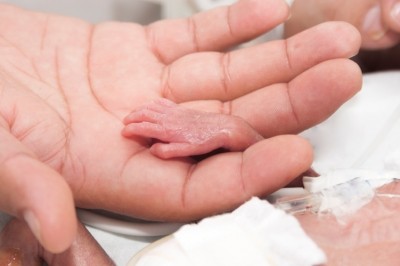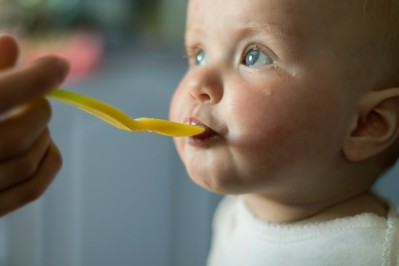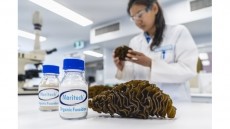Breast milk sugar may give babies defence against lethal infection : Study

Writing in Clinical & Translational Immunology, researchers identified a specific sugar -- lacto-n-difucohexaose I — in breast milk that proved better at killing the bacterium Streptococcus agalacticae than breast milk without this sugar.
The species is responsible for the Group B streptococcus (GBS) infection, a serious illness in newborns that can cause infection and in some cases, death.
Formula catch-up
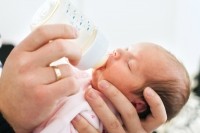
The findings serve to reinforce the superior nutritional value of breastmilk for newborns, which offers the baby long-term benefits that infant formula has been unable to match.
On the other hand mothers unable to breastfeed have found infant formula a suitable alternative with commercially-available formulas meeting minimum nutritional requirements and safety standards.
Some companies are already exploring adding such sugars to formula milk, but Dr Nicholas Andreas, lead research author, cautioned it would be difficult to replicate the mix of sugars found in breast milk.
“These experimental formulas only contain a couple of these compounds, whereas human breast milk contains dozens of different types,” he said.
“Furthermore, the quantity of sugars produced by the mother changes as the baby ages so that a newborn baby will receive a higher amount of sugars in the breast milk compared to a six-month-old."
GBS is the leading cause of infection in the first 3 months of life in the United Kingdom (UK) and is increasingly described as a major cause of infection in Sub-Saharan Africa.
In the UK, preterm and low birthweight babies carry the highest burden of infection, with 26% of all babies under one kilogram experiencing one or more episodes of infection during their neonatal stay.
Lewis antigens
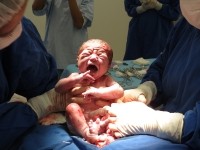
The researchers focused their efforts on 183 women living in The Gambia. They were looking for a specific genetic arrangement, known as the Lewis antigen system. This genetic profile plays an important role in determining breast milk sugars.
They discovered that women who produced breast milk sugars associated with the Lewis gene were not as likely to have the S. agalacticae bacteria in their gut.
Subsequently, their children were unlikely to inherit this bacterium from their mothers at birth.
Mothers, who produced lacto-n-difucohexaose I, were able to eliminate the bacteria from their offspring’s gut by 60-89 days after birth suggesting a protective effect of this sugar.
Around half of all women in the world are thought to produce lacto-N-difucohexaose I said Andreas, who is based at the Department of Medicine at Imperial College, London.
"Although this is early-stage research it demonstrates the complexity of breast milk, and the benefits it may have for the baby. Increasingly, research is suggesting these breast milk sugars (human milk oligosaccharides) may protect against infections in the newborn, such as rotavirus and Group B streptococcus, as well as boosting a child’s 'friendly' gut bacteria.”
He added the presence of these sugars allows 'friendly' bacteria to flourish and out-compete any harmful bacteria that may be in the baby’s gut, such as Group B streptococcus.
Protection by breast milk occurs primarily at the mucosal surface from factors including secretory IgA (sigA) and human milk oligosaccharides (HMOs) such as lacto-N-difucohexaose I.
SIgA is more resilient to protein breakdown and so is able to exert its function in the gastrointestinal tract.
This could explain findings that the faeces of breast-fed infants contain IgA by the second day of life, compared to 30% of formula-fed infants, where IgA is only found in faeces by one month of age.
Actions explained
Explaining the results of the study, Andreas theorised that the sugars may play a decoy role, tricking the bacteria into thinking the sugar is a cell that can be invaded.
The bacteria attach onto the sugar, which is subsequently excreted by the body’s immune system.
The researchers think that these findings may give reason to administering specific breast milk sugar supplements to pregnant and breast-feeding women who do not carry the active Lewis gene.
“This may help prevent harmful bacteria getting into the baby’s gut at birth and in the first weeks of life,” the study noted.
Andreas also thought that testing new mothers' blood for the Lewis gene may be beneficial as knowing how likely she was to pass the bacteria on to her baby, could mean more personalised preventive measures could be applied.
Source: Clinical & Translational Immunology
Published online ahead of print, doi:10.1038/cti.2016.43
“Role of human milk oligosaccharides in Group B Streptococcus colonisation.”
Authors: Nicholas Andreas et al.
